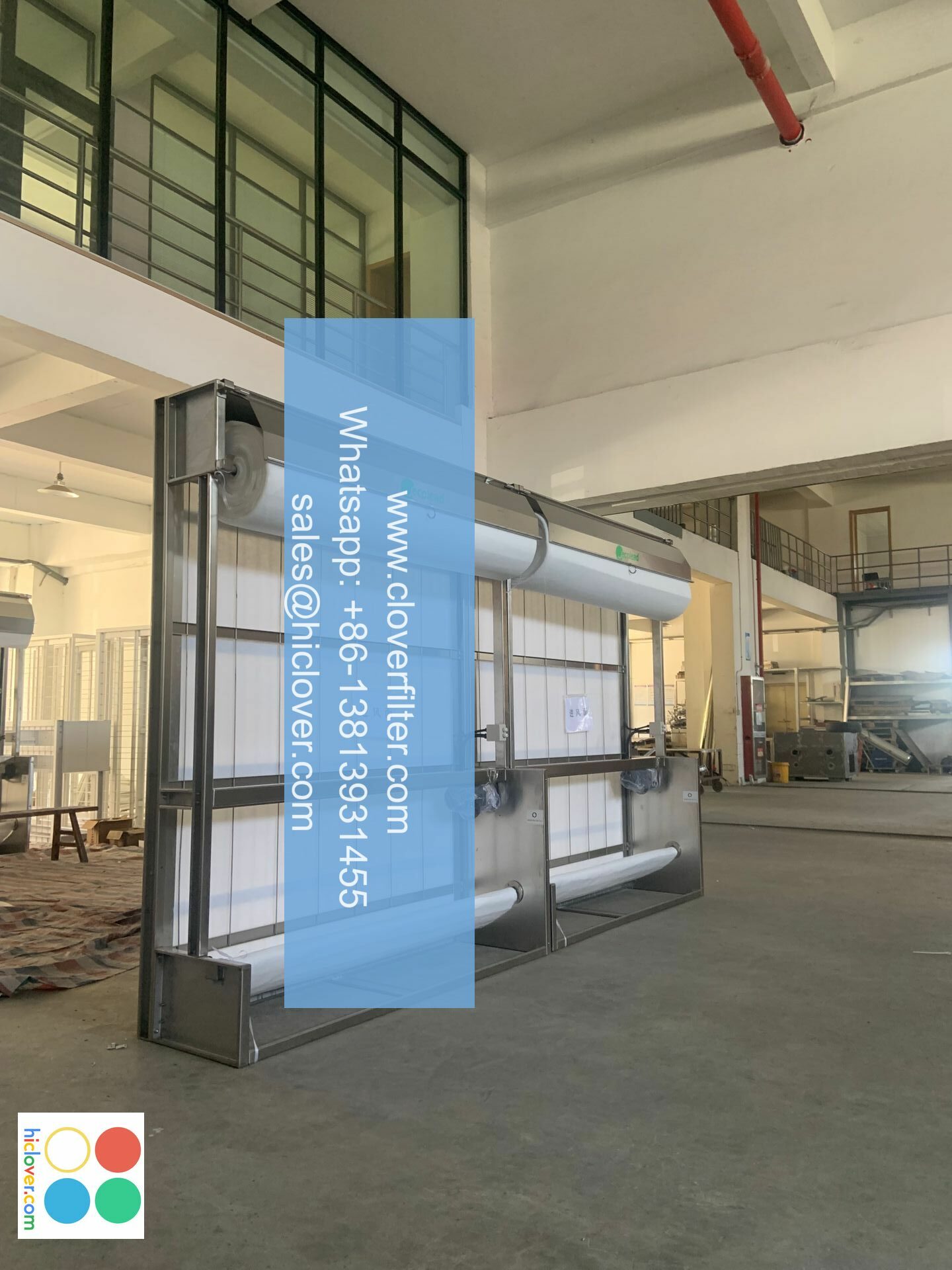From Filthy to Fantastic: The Transformation of One Home’s Air Quality

The importance of good indoor air quality cannot be overstated. Poor air quality can lead to a range of health problems, from mild discomfort to serious respiratory issues. In this article, we will explore the transformation of one home’s air quality from filthy to fantastic, highlighting the key factors that contributed to this remarkable turnaround.
The Problem: Identifying Indoor Air Pollutants
Indoor air pollutants can come from a variety of sources, including volatile organic compounds (VOCs), particulate matter (PM), and microbial contaminants. In the case of our featured home, the air quality was compromised by a combination of mold growth, pet dander, and cooking fumes. The homeowners had noticed a persistent musty smell and were experiencing frequent allergy attacks and respiratory issues.
The Solution: Implementing Air Quality Improvement Strategies
To address the poor air quality, the homeowners implemented a multi-faceted approach that included:
* Air purification systems: Installing a high-quality HEPA air purifier to remove 99.97% of particles as small as 0.3 microns, including dust, pollen, and other airborne pollutants.
* Ventilation systems: Upgrading the home’s ventilation system to provide adequate air exchange rates and prevent the buildup of stale air.
* Mold remediation: Addressing the mold growth issue through a comprehensive mold removal and remediation process.
* Source control: Implementing source control measures to reduce pet dander and cooking fumes, such as using air-tight pet enclosures and cooking range hoods.
The Results: Improved Air Quality and Health Benefits
The results of the air quality improvement efforts were nothing short of remarkable. The homeowners reported a significant reduction in allergy symptoms and respiratory issues, and the musty smell was completely eliminated. Air quality tests revealed a dramatic decrease in VOCs, PM, and microbial contaminants, with levels dropping to well below the recommended thresholds.
Application Areas: Expanding the Benefits of Good Air Quality
The benefits of good air quality extend far beyond the home. Other application areas that can benefit from improved air quality include:
* Commercial buildings: Office buildings, schools, and retail spaces can all benefit from improved air quality, leading to increased productivity and reduced absenteeism.
* Industrial settings: Manufacturing facilities and other industrial settings can improve worker health and safety by implementing effective air quality management strategies.
* Vehicles: Improving air quality in vehicles can reduce driver fatigue and improve road safety.
Conclusion: The Importance of Prioritizing Air Quality
In conclusion, the transformation of one home’s air quality from filthy to fantastic is a testament to the importance of prioritizing indoor air quality. By identifying and addressing indoor air pollutants and implementing effective air quality improvement strategies, homeowners and building managers can create healthier, more comfortable environments for occupants. As we have seen, the benefits of good air quality extend far beyond the home, with application areas in commercial, industrial, and vehicle settings. By prioritizing air quality, we can improve health, increase productivity, and enhance overall well-being. It seems like you forgot to include the prompt. Please go ahead and provide the prompt, and I’ll be happy to assist you!

